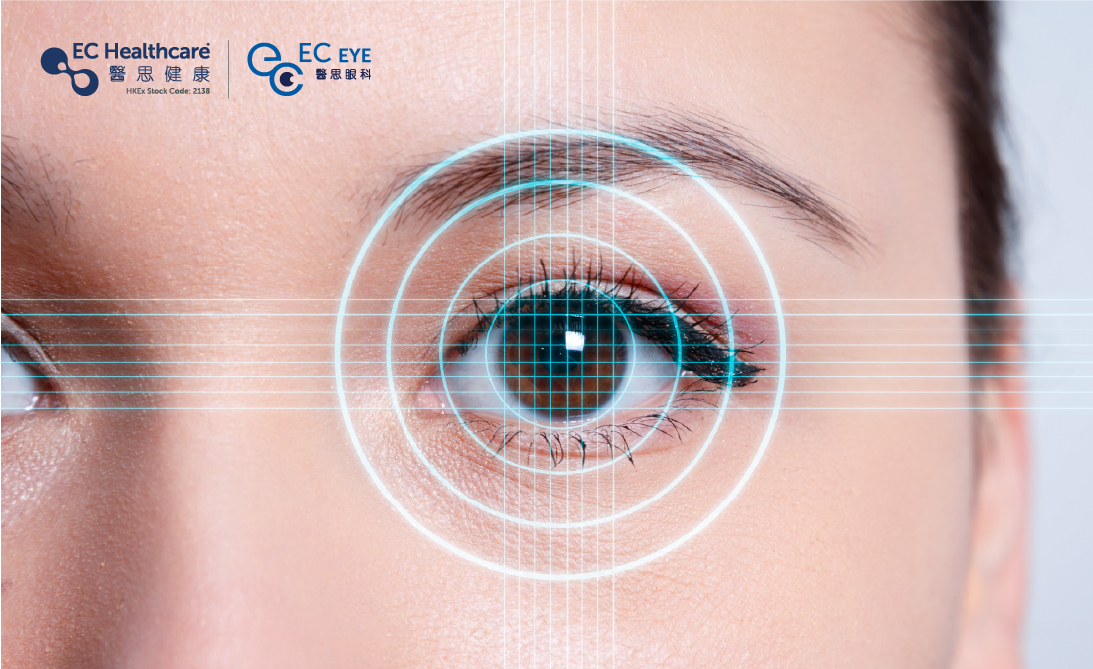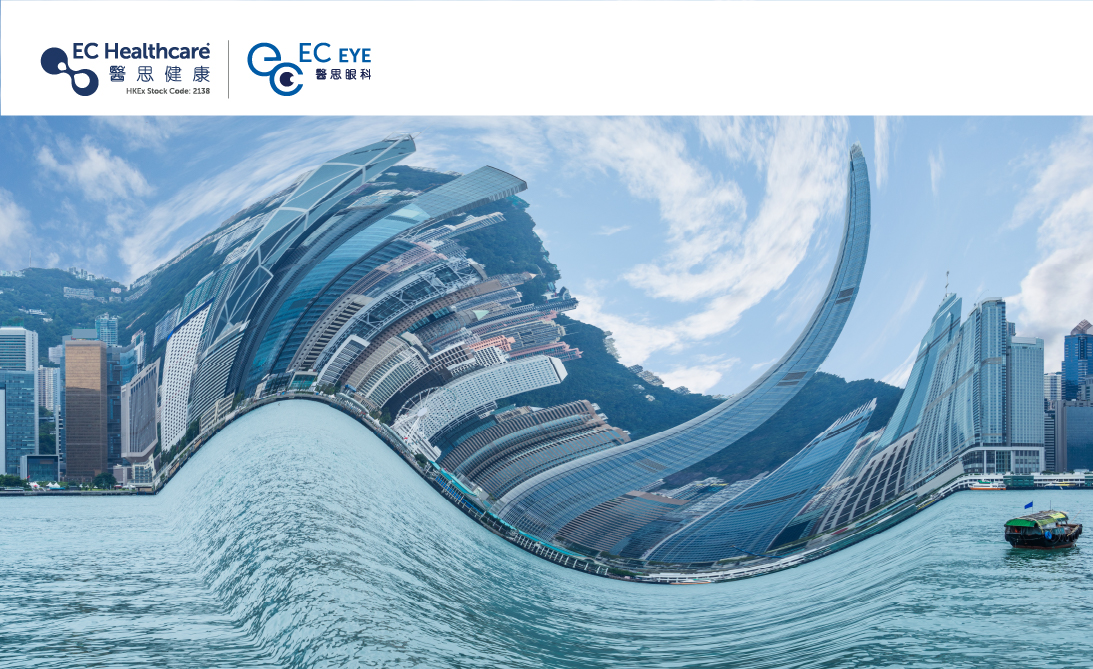Macular Degeneration on the Rise: Understanding Its Types and Treatments
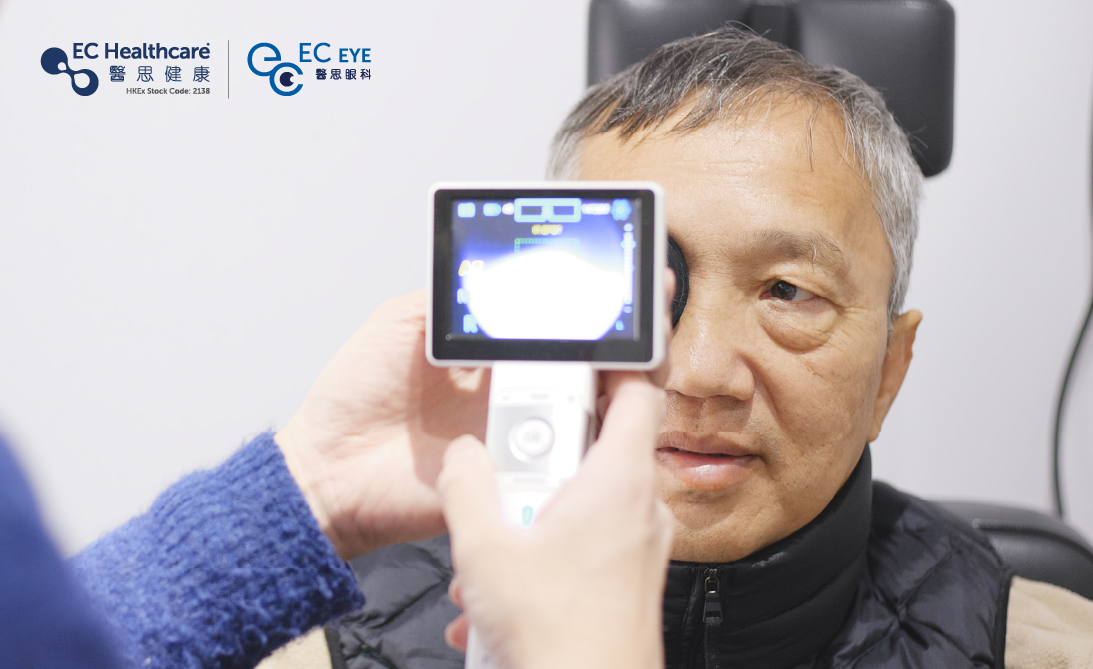

The College of Ophthalmologists of Hong Kong and the Hong Kong Ophthalmological Society have pointed out that the number of macular degeneration cases has increased in recent years, and three out of the five reasons for Hong Kong citizens suffering from moderate to severe vision impairment are related to macular degeneration. In addition, the number of cases of choroidal neovascularization and polypoidal choroidal vasculopathy has increased by more than 1.5 times over the past decade, which is very concerning.
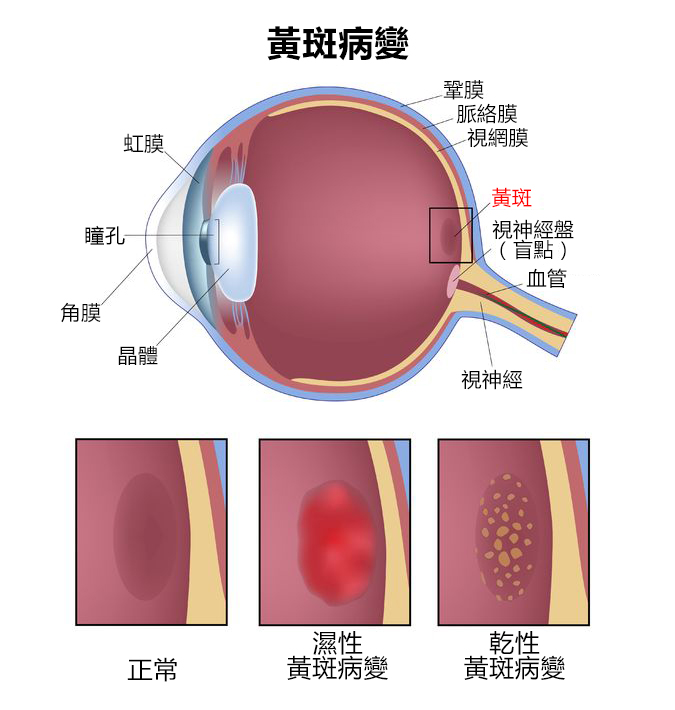
Types of Macular Degeneration
Macular degeneration can cause distortion or dark spots in the central vision, greatly affecting eyesight. Clinically, macular degeneration is divided into two types: dry and wet.
Dry macular degeneration
90% of patients have the dry type, and most patients do not have obvious symptoms. The photoreceptor cells in their macula slowly degenerate, leading to gradual vision loss. Over time, patients will lose their central vision, and the condition may even progress to wet macular degeneration.
Wet macular degeneration
In a normal macula, photoreceptor cells are regularly arranged. However, in the case of macular degeneration, abnormal blood vessel growth can occur. These new blood vessels are very fragile, and if not treated promptly, they may rupture and bleed, destroying the photoreceptor cells in the macula and permanently damaging central vision. There are two subtypes of wet macular degeneration: choroidal neovascularization (CNV) and polypoidal choroidal vasculopathy (PCV). The former is characterised by typical ruptured and leaky blood vessels, while the latter involves vascular anomalies resembling polyps, which can rupture at any time and cause blindness in a short period of time.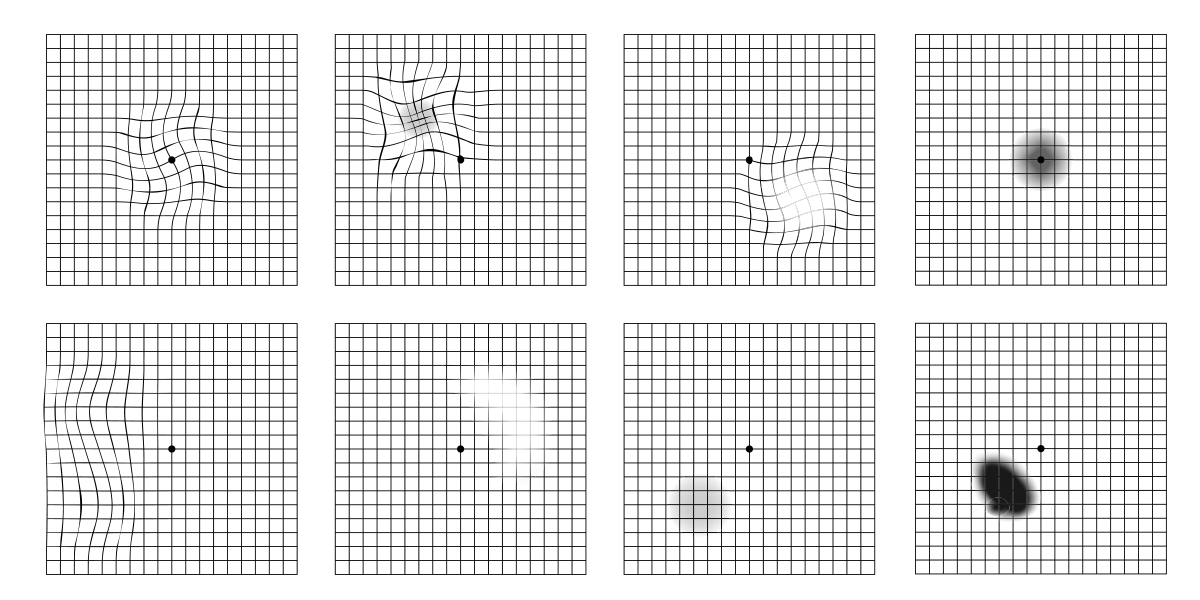
Treatment for macular degeneration
Currently, the main treatment options are medications, laser photocoagulation, photodynamic therapy, and surgery.
Medications
Doctors will inject anti-VEGF (vascular endothelial growth factor) medications directly into the vitreous humour of the eye to inhibit abnormal blood vessel growth, thereby reducing bleeding and swelling. This can effectively manage the condition and prevent bleeding, with about one-third of patients experiencing improved vision.
Laser photocoagulation
If the abnormal blood vessels are located far away from the centre of the macula, doctors will perform laser photocoagulation to target abnormal blood vessels and prevent them from leaking.
Photodynamic therapy
Doctors will inject a photosensitising agent under the skin, which will be absorbed by the abnormal blood vessels. The agent is then activated by non-thermal laser energy to block the abnormal blood vessels and prevent them from leaking or bleeding.
Surgery
This involves procedures such as removal or injection to remove blood clots in the macula, but not every case is suitable for this method. Therefore, doctors will first conduct a detailed examination before deciding on the appropriate treatment option.
Related Brands




